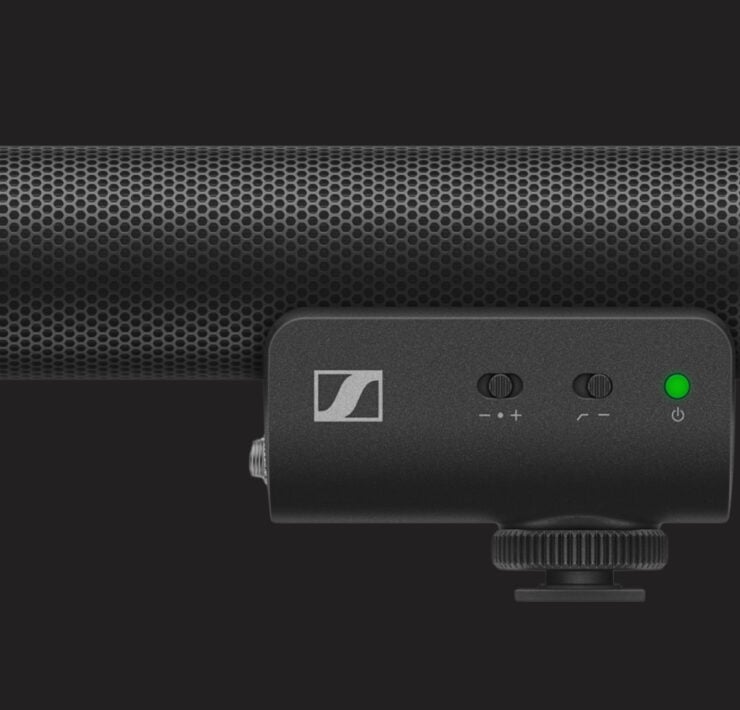Amp Modeling, Part 2

In my last article on digital modelers (read it here), I wrote about the following:
- There are some ‘high-end’ digital modelers (not all high priced) that are bridging the gap between them and the real thing
- The modelers are bridging that gap thanks to beefed up hardware
- Impulse Responses, the part of the code which models the tone contributed by a speaker cabinet, microphone, and room, are greatly improved on these modelers thanks to the superior processing capabilities.
- Modelers are portable and are much easier for taming volumes, making them ideal for church environments.
With the above in mind, I wanted to take the time to write this follow-up to tie up some loose ends.
First off, if you are using a modeler, what is the best amp to use (assuming you are not using a modeling amp)? Plugging straight into the front end of your amp is likely to degrade your tone. This is because the modeler is acting as a preamp. When it is plugged into the front of your amp, it is going through your amp’s preamp as well. Therefore, it is best to bypass your amp’s preamp by plugging it into the effects return. But often times, this means that your amp’s master volume will no longer work.
Tech 21 makes an amp optimized for modelers. It is called the Power Engine. It is essentially a solid-state amp without a preamp. It is designed to minimize how much it colors the modeler’s signal and has an XLR out to feed a PA that is NOT affected by the amp’s master volume, hence you’re sending a consistent signal to the PA, yet able to adjust the Power Engine’s master volume for stage monitoring.
However, many guitarists using modelers advocate what is called an FRFR. FRFR stands for Full Range Frequency Response. Basically, a PA monitor, this is a more efficiently designed speaker that, unlike a traditional guitar amplifier, does NOT roll off the high frequencies. After all, your modeler already does that so doing it twice can give you a muffled tone. You could simply cart around a traditional wedge monitor. KSC and Alto are two very popular options. There are also FRFR solutions customized for guitarists like the Atomic Amps CLR and Xitone (I own one their passive 1×12 wedge). Many guitar modeler-friendly FRFRs can be quite pricey often running as high as $1400, but the Xitone passive is priced around $450.
If you go with a passive system, you’ll need a separate power amp. I’m getting surprisingly great results by using an Electro-Harmonix 44 Magnum. It is a 44-watt power amp in a stompbox. The one caveat is that it will start to distort when the master volume is pushed past 9:00, however my Xitone pushes out over 90 dB at 1w, so it is suiting my needs for clean power for stage monitoring at reasonable volumes.
In the last article, I spoke about higher end digital modeling solutions as a cut above the average Pod, but in my opinion, the analog modeling world has some superior sounding tones as well. Tech 21 makes the Fly Rig and character pedals. Joyo makes analog modeler pedals that can be purchased for under $50 a pedal.
Finally, if you’re looking for an upgrade to your Pod, you may want to look into turning off its cabinet modeling and pairing it up with a pedal that offers improved cabinet modeling (IRs). Check out the offerings from Logidy Epsi or offerings from Torpedo Cabs with a quick Google. These boxes can significantly upgrade the tone of a Pod without breaking the bank or requiring you to ditch your original modeler altogether.
Whatever you use, remember that the gear is supposed to serve us as we serve God and his people, not the other way around.
Greg Jones is a musician, music teacher, worship leader and independent recording artist. On my site you find me sharing music instruction, with an emphasis on worship music and articles on worship leading.
What's Your Reaction?
Greg Jones is a musician, music teacher, worship leader, and independent recording artist.





